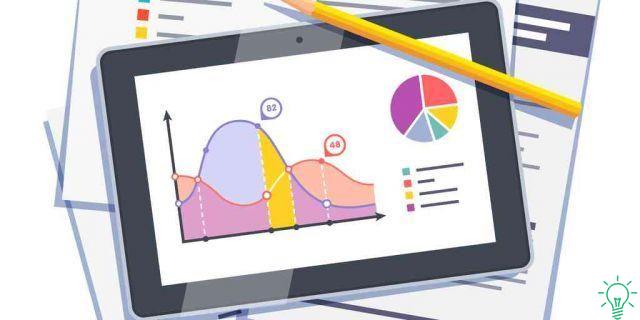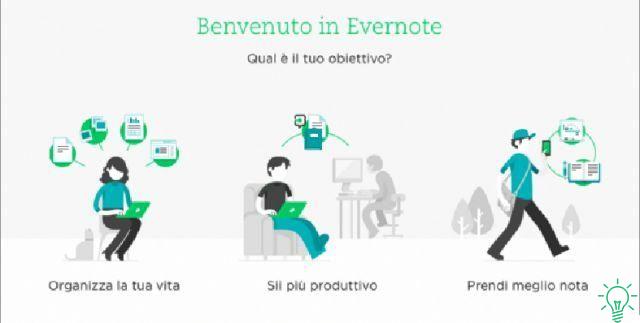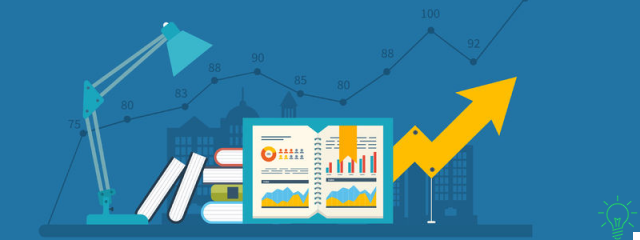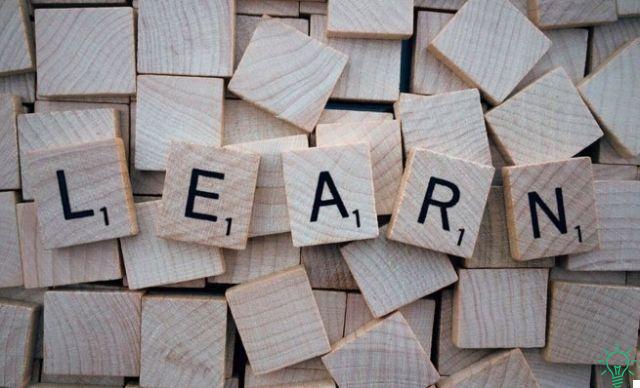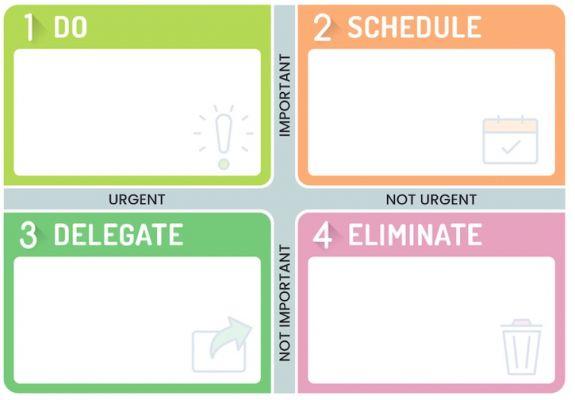
When it comes to making decisions and setting priorities, few tools are as simple and effective as the Eisenhower matrix.
In fact, by combining two unique parameters, urgency and importance, it is able to clearly indicate a strategy for action.
Note: The Eisenhower Matrix is named after the general of the same name who defeated the Third Reich in Europe and later became the 34th President of the United States. But it was actually made famous by Stephen Covey 30 years later in his classic book The 7 Habit of Highly Effective People.
How the Eisenhower Matrix is made
As anticipated, to build an Eisenhower matrix you have to evaluate activities and events by crossing the criteria of urgency and importance, thus obtaining a scheme consisting of 4 quadrants:
- Urgent, Important
- Not urgent, Important
- Urgent, not important
- Not Urgent, Not Important
Each quadrant then corresponds a strategic action precise.
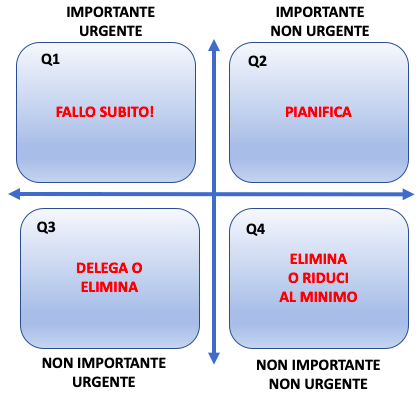
Quadrant 1: Important and Urgent
Activities and problems that fall into this category need to be addressed with the highest priority.
In an ideal world, they should be alone sudden and unexpected events: your car breaks down the day before your holiday, a customer calls you who needs something for the next day, it's the morning of the exam and you have a fever of 40.
In reality though, many people spend most of their time in this quadrant, continually facing and at the cost of great stress urgent and important situations.
This happens when, instead of taking care of things when they are in quadrant 2, you procrastinate until they all accumulate in 1.
Quadrant 2: Important, but NOT urgent
This is the most important quadrant for managing your time, stress-free living and achieve your long-term goals.
In fact, if you identify and tackle the important things in advance, you will be able to dedicate enough energy to them and obtain maximum results.
It is in this quadrant instead that our tendency to procrastinate does the maximum damage.
And so, despite having two months to complete a project, prepare an exam, pay a fine or redo the passport, here we are reduced to the last, in a vicious circle that we discussed in the article on "Parkinson's law".
It is precisely because of this attitude that problems and activities that could be dealt with calmly, at a certain point become urgent, i.e. they move from quadrant 2 to quadrant 1, making our life a continuous management of the emergency.
Quadrant 3: Urgent, but NOT important
Who spends most of the time in this quadrant he is always busy but in the end it ends very little.
Within this category, we meet a series of very common and characteristic traits of personalities:
- I control freaks, who want to do everything themselves
- I perfectionists, who devote themselves to a thousand insignificant details.
- I dispersive, which start 10 thousand things and never finish one.
- - condescending, who never know how to say NO to anyone and find themselves dedicating all their time to the urgencies and problems of others
According to the Eisenhower matrix, the activities of this quadrant go, in most cases, to:
- To delegate: if it's not important that I do it, why not have someone else do it?
- Or cancel: if it is not important and in the end it is not done, all in all patience.
Quadrant 4: Not important and not even urgent.
Those who spend most of their time in this quadrant have a problem of motivation, of purpose in life.
Otherwise, he would not spend all his time on activities that are neither important nor urgent!
Do you spend whole afternoons on the sofa watching Netflix? Do you spend two hours a day arguing with strangers on social media or sending smilies to your friends? Does it take you half a morning to decide how to dress?
Well, the time has come ask yourself questions about your goals long-term and your aspirations.
This does not mean that every activity in quadrant 4 has to be canceled: a little healthy idleness is needed. However, it must be kept within reasonable limits.
Because we are not good at setting our priorities
But why, you ask, do we need to be taught productivity by a WWII general?
Act according to priority, shouldn't it come naturally?
Unfortunately not, and we owe the reason to a few hundred thousand years of evolution.
Anyone who has been following me on the blog for some time knows how relevant this aspect is in my opinion: we live in a very recent civilization, for which evolution has not prepared us best.
As we have seen in other articles, therefore, our bad memory for books, the anxiety we feel about deadlines and exams, the low motivation towards certain types of long-term goals, our difficulty in concentrating ... are just a few of the many examples of how our neuro-cognitive abilities are conditioned by deep distance between the needs of current civilization and evolutionary inputs to which we have been subjected.
A profound distance which, inevitably, also affects our way of establishing priorities.
Try to think about it….
For 300 thousand years, what was important was also urgent, which made it very easy to make decisions:
There is a crocodile -> I have to escape before it eats me
I'm thirsty -> I have to find water before I get dehydrated
It's raining -> I have to find shelter
For 300 years, our ancestors didn't have to worry about delivering a project the next month, about graduating sooner or later, saving up to buy a car for their children.
Even a basic concept like "putting away food for the winter" is something that, as a civilization, we began to seriously address no more than 10 years ago.
Our ancestors therefore lived day to day (and hence our great adaptability and responsiveness to events) for so long that you shouldn't be surprised if:
- Anything that is beyond time, you tend to give a shit until you find it stalking you closely. "A crocodile is dangerous when it is one meter away, not 200" (Quadrant 1)
- Everything that comes close to you is perceived by definition as important, even when it is not. "Anything two meters away could be a crocodile" (Quadrant 3)
- If you don't clearly perceive urgency and importance, you tend not to take meaningful steps. "If it's not a crocodile and it's not two meters away, I'll get some rest." (Quadrant 4).
And that's why, to manage our time well, we need tools such as the Eisenhower Matrix, the Pomodoro Technique, the Ivy Lee method, the To do List etc. etc.
How to use the Eisenhower matrix
First, as with any other productivity tool, knowing the Eisenhower matrix and how it works is not enough. If you don't use it seriously, it is of little use.
Il first problem that you will face in doing so is to judge urgency and importance:
- Urgency is easy to establish, because depending on time it is an objectively measurable parameter. If, for example, a deadline is in 10 minutes, 5 hours, or a month, the difference in urgency is evident.
- The importance is a little more difficult, because it is subjective: it depends on the person, on the context and on the moment in which you evaluate it. One thing may be important to you and not important to another. It can be for a while and then not anymore, because something more important comes to bypass it. Finally, it may not be so at first but then become so more or less suddenly.
Il second problem is to use the matrix continuously.
In fact, you will notice that, if you analyze it precisely, pigeonholing something in one of the quadrants is not difficult in the end. And if you're wrong, most of the time you'll be able to run for cover.
What is difficult is learn to do it continuously for every activity, problem or event that comes your way.
To explain me with an example: we all know that the 1000 messages per day we receive on whatsapp and email are neither important nor urgent.
Yet, many times, we fail to avoid continually interrupting what we are doing to go and see them.
To get used to using the Eisenhower matrix, try to often think locally and ask yourself questions like:
- How important / urgent is this activity?
- Why didn't I notice that this problem was coming to me?
- Today, in which quadrant have I spent most of my time?
- What are the most important things I need to dedicate myself to in the coming months?
Be flexible in your judgments and reconsider them often, because, as we have seen, importance needs to be continually re-evaluated.
In the beginning, making decisions about how you manage your time go through the Eisenhower Matrix will require conscious effort.
After a while, however, you will find yourself applying the matrix filter effortlessly, in a substantially unconscious and therefore extraordinarily effective way.
With the same inevitability with which now you let yourself be distracted by the little things and postpone the important things, it will come normal to you at some point. focus in time on what is really important to you.














